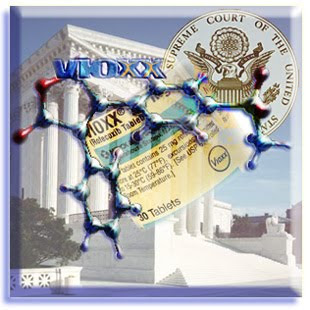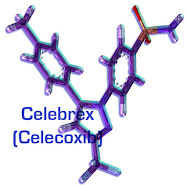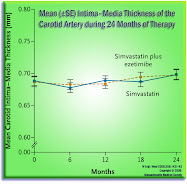But the part of the story only now being revealed. . . is that the proud Taíno people do in fact live on. They live on, in New York City, Puerto Rico and throughout the Caribbean islands, it turns out. The Darwinian spirit to live on -- to continue -- to replicate, to persevere. . . cannot (it seems) be denied. And the DNA of these fine Americans now proves it. Here is the bit:
. . . .“These indigenous communities were written out of history,” says Jada Benn Torres, a genetic anthropologist at Vanderbilt University in Nashville who studies the Caribbean’s population history and has worked with native groups on several islands. “They are adamant about their continuous existence, that they’ve always been [on these islands],” she says. “So to see it reflected in the ancient DNA, it’s great. . . .”
[T]wo lines of evidence suggest that around 2500 years ago, the woman’s ancestors migrated from the northern coast of South America into the Caribbean, rather than reaching the islands via the Yucatan Peninsula or Florida. It seems that once people arrived, they didn’t stay put. Archaeologists know that ceramics and other goods were traded between islands, indicating frequent trips. Moreover, the Taíno woman’s genome doesn’t contain long repetitive sequences characteristic of inbred populations. Her community, therefore, was likely spread out across many islands and not confined to 500-square-kilometer Eleuthera. “It looks like an interconnected network of people exchanging goods, services, and genes,” says William Schaffer, a bioarchaeologist at Phoenix College in Arizona who helped excavate the remains in Preacher’s Cave.
Estevez, who founded the cultural organization Higuayagua Taíno of the Caribbean, didn’t need an ancient DNA study to tell him who he is. Thanks to his family’s oral history and cultural practices, he says, he has always had a strong connection to his indigenous ancestry. But he hopes the new study will convince skeptics that Taíno people are alive and kicking. “It’s another nail in the extinction coffin,” he says. . . .
And so -- no matter that 45 demonizes these fine Americans (as "bad hombres") -- they were in fact here. . . first. And it is 45, and his early 20th Century ancestors who are the. . . interlopers. Just to keep the truth of it all. . . straight. Facts -- backed by DNA. . . matter.
नमस्ते

















No comments:
Post a Comment